The Aosta Valley is a mountainous autonomous region in northwestern Italy. It is bordered by Auvergne-Rhône-Alpes, France, to the west, Valais, Switzerland, to the north and by the Metropolitan City of Turin in the region of Piedmont, Italy, to the south and east.
Covering an area of 3,263 km2 (1,260 sq mi) and with a population of about 128,000 it is the smallest, least populous, and least densely populated region of Italy. It is the only Italian region that is not sub-divided into provinces (the province of Aosta was dissolved in 1945). Provincial administrative functions are provided by the regional government. The region is divided into 74 comuni (communes).
Stairway To Heaven, Rocca di Asolo, Italy
The Rocca di Asolo or Rocca Braida is a fortress, located on the top of Mount Ricco, which overlooks the homonymous village.
La Rocca di Asolo o Rocca Braida è una fortezza, situata sulla cima al Monte Ricco, che sovrasta l’omonimo borgo.
Cittadella is a medieval walled city in the province of Padua, northern Italy, founded in the 13th century as a military outpost of Padua. The surrounding wall has been restored and is 1,461 metres (4,793 ft) in circumference with a diameter of around 450 metres (1,480 ft). There are four gates which roughly correspond the points of the compass.
Citadella Passage, Padova, Italia
Treviso is a city and comune in the Veneto region of northern Italy. It is the capital of the province of Treviso.
Piazza dei Signori is a city square in Treviso, north-eastern Italy.
Treviso Center Bike Lane, Treviso, Veneto, Italy
Treviso Piazza dei Signori Portrait
Piazza dei Signori is a city square in Treviso, north-eastern Italy.
Treviso Stroll, Treviso, Veneto, Italy
Valdobbiadene, Treviso, Veneto, Italy
Valdobbiadene is a town in the province of Treviso, Veneto, Italy. Valdobbiadene is a wine growing area. Just below the Alpine-Dolomite areas of Veneto, it provides a climate for a cool variety of grape (Glera). The Conegliano Valdobbiadene area is the home of the best Prosecco, an extra dry sparkling white wine. Prosecco brands that derive from this area include Altaneve, Mionetto, Masottina, and others.
On 7 July 2019, Le Colline del Prosecco di Conegliano e Valdobbiadene was inscribed as a UNESCO World Heritage Site.
Vittorio Veneto, Treviso, Veneto, Italy
Vittorio Veneto is a city and comune situated in the Province of Treviso, in the region of Veneto, Italy, in the northeast of Italy, between the Piave and the Livenza rivers. The city is an amalgamation of two former comuni, Cèneda and Serravalle, which were joined into one municipality in 1866 and named Vittorio after the King of Italy, Vittorio Emanuele II. The battle fought nearby in November 1918 became generally known as the Battle of Vittorio Veneto, and the city’s name was officially changed to Vittorio Veneto in July 1923.
Alex M. BUSTILLO 2m3 Vittorio Veneto Self-Portrait
La Tertulia, Vittorio Veneto, Treviso, Veneto, Italy
Racing In The Streets of Vittorio Veneto, Treviso, Veneto, Italy
Vittorio Veneto, Treviso, Veneto, Italy
Portogruaro, Metropolitan City of Venice, Veneto, Northern Italy
Portogruaro (Venetian: Porto, Friulian: Puart) is a town and comune in the Metropolitan City of Venice, Veneto, northern Italy. The city is the centre of a district, made up of 11 comuni, which form the Venezia Orientale with the San Donà di Piave district.
Portogruaro was officially founded in 1140, when the Archbishop of Concordia, Gervinus, gave a group of fishermen (Giovanni Venerio, Arpone, Bertaldo, Borigoio, Enrico Mosca, Giovanni Salimbene) the right to settle there and build a river port. A castle had existed on the site as early as the 10th century. In 1420, after centuries under Patria del Friuli, was conquered by the Republic of Venice. According to Bertolini the town’s foundation could be coeval to the Concordia Sagittaria’s one. Under the Venetians the town retained some autonomy and was able to expand economically up until the economic decline of Venice from the 17th century onwards.
Following the upheavals of the Napoleonic Wars, Portogruaro was incorporated into the Austrian Empire in 1815. Apart from a brief uprising in 1848 Portogruaro remained under Austrian control until 1866 when it entered the newly unified Kingdom of Italy. Since that time the population of Portogruaro has grown from under 10,000 to around 25,000.
Portogruaro Piazza, Portogruaro, Metropolitan City of Venice, Veneto, Northern Italy
Pordenone City Hall, Friuli-Venezia Giulia, Italia
Pordenone is the main comune of Pordenone province of northeast Italy in the Friuli-Venezia Giulia region. Pordenone was created in the High Middle Ages as a river port on the Noncello, with the name Portus Naonis. In the area, however, there were already villas and agricultural settlements in the Roman age.
In 1278, after having been administrated by several feudatories, the city was handed over to the Habsburg family, forming an Austrian enclave within the territory of the Patriarchal State of Friuli. In the 14th century, Pordenone grew substantially due to the flourishing river trades, gaining the status of city in December 1314.
Facciamo Spese, Pordenone, Friuli-Venezia Giulia, Italia
Aviano, Friuli-Venezia Giulia, Italia
Aviano is a town and comune in the province of Pordenone at the foot of the Dolomites mountain range in Friuli-Venezia Giulia, northern Italy.
Aviano is home to the C.R.O. (Oncological Referral Center), a cancer research centre, one of the few in Italy and reference point for north-eastern Italy.
The Piancavallo ski resort is part of the municipality.
Although Aviano has been inhabited only since the 10th century AD, evidence of a human presence dates to before the Romans entered the area in 186 BC. Most historians believe that Aviano developed with a commercial center located where present day Aviano is situated and a cultural and defensive center in the castle area. Aviano was a possession of the Patriarchal State of Friuli until 1420, when it came under the influence of the Venetian Republic. Aviano became a part of the Italian State in 1866.
By The Light of the Aviano Tower, Aviano, Friuli-Venezia Giulia, Italia
Aviano Alley, Aviano, Friuli-Venezia Giulia, Italia
Aviano – Gazzettino de Pordenone, Aviano, Friuli-Venezia Giulia, Italia
Villa Marini Trevisan, Aviano, Friuli-Venezia Giulia, Italia
I lived in Villa Marini Trevisan with Mr. Trevisan as host from 1988 to 1991 while stationed at the USAF Aviano Base (Airport Pagliano E Gori Italian Air Force).
Ruins, Cinto Caomaggiore, Venice, Veneto, Italy
Church, Cinto Caomaggiore, Venice, Veneto, Italy
In ancient times, the area was covered by dense forests and marshy areas that made it unsuitable for permanent settlements. The presence of man in this area, testified by the finding of two axes of the Neolithic era, was probably linked to hunting.
The first traces of the toponym of Cinto are dated 1192. The town’s origin, however, is still controversial: a first hypothesis links it to the distance in miles from nearby Concordia Sagittaria, which would also explain Sesto al Reghena and Settimo.
The second supposition, instead, refers to a fence, which was allegedly erected to defend some cultivated lands.
In 1428, Cinto’s land was bought by Venetian patrician Sebastiano Tiepolo, who would eventually stimulate the development of agriculture through works intended to govern the waterways, and the construction of some farming complexes and the ever-present manor house.
In the sixteenth century, the property was acquired by the Marcello family, which would remain bound to these lands for the next three centuries.
In the eighteenth century, after taking stock of the gradual depletion of agricultural production, the Marcello family focused on crafts and commerce, also establishing an important livestock market.
The excavation of gravel quarries, which led to the creation of lakes, was carried out in the twentieth century.
The ancient name of the city was Caprulae (possibly because of the wild goats that grazed in this area, or in honour of pagan goddess Capris); Caorle was founded in the 1st century BC by Romans. Many archeological findings confirm this attribution, for instance the sacrificial altar called Ara Licovia (Licovian Altar, from the Roman Licovi family), today housed in the cathedral. A safe zone between the estuaries of the Livenza (Latin: Liquentia) and Lemene (Latin: Romantinum) rivers, Caorle gained importance when people from Concordia Sagittaria arrived as refugees during the Barbarian Invasions. In that period was built a Paleo-Christian church, some remains of which are today kept in the cathedral’s museum. In the 11th century the cathedral was built, which still stands today. It was once the seat of a bishopric. During the following centuries, Caorle became one of the nine important cities of the Republic of Venice; evidence to that effect are the many Istrian flagstones which compose some monuments in the city, and also the ancient structure of the city with bridge and canals, like a little Venice. At the end of the Republic of Venice, with the Napoleonic invasions, Caorle went into decline; the last diocesan bishop of the diocese was moved in 1807 to Chioggia and the territory of the diocese was attached in 1818 to the Patriarchate of Venice. No longer a residential bishopric, Caorle/Caprulae is today listed by the Catholic Church as a titular see.
Pelletteria JAZZ Caorle (VE) ITALIA
Cleaning Campo Castello, Caorle, Venice, Italy
Vespa Court, Caorle, Venice, Veneto, Italy
Barista à Ristorante Al Panfilo, Caorle, Venice, Italy
Caorle: I’ve Got The Gold. I’ve Got The Silver, Caorle, Venice, Veneto, Italy
Caorle Home, Caorle, Venice, Veneto, Italy
One Person Per Bench, Caorle, Venice, Veneto, Italy
#1, Campo Colonna, Caorle, Venice, Veneto, Italy
Caorle Moped Stroll, Caorle, Venice, Veneto, Italy
Caorle Porch, Caorle, Venice, Veneto, Italy
Caorle Beach Salesman, Caorle, Venice, Veneto, Italy
Caorle Pier Fishing, Caorle, Venice, Veneto, Italy
Campo Castello, Caorle, Venice, Veneto, Italy
- Campo Castello, Caorle, Venice, Veneto, Italy
- Caorle Bikes, Caorle, Venice, Veneto, Italy
Caorle Pier Bike, Caorle, Venice, Veneto, Italy
Caorle, Venice, Veneto, Italy – Life Is A Day At The Beach
Caorle Shrine, , Caorle, Venice, Veneto, Italy
Caorle Beachbumming, Caorle, Venice, Veneto, Italy
A few km from Caorle, entering the hinterland along the surrounding fields the city, there is a hidden little gem. A tiny villagenamed Ca’ Corniani that retains a rural architectural split of 1800. A fraction so small that it is difficult to find. Here time seems to stand still and you can experience the old days.




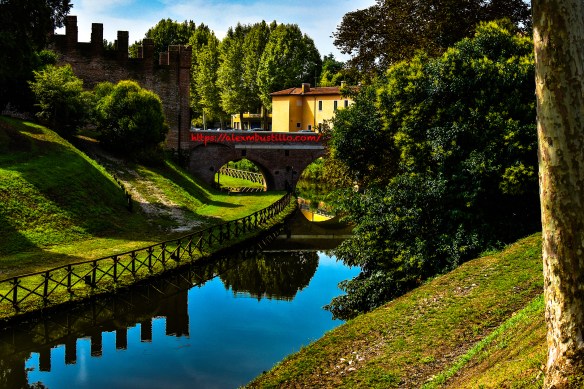

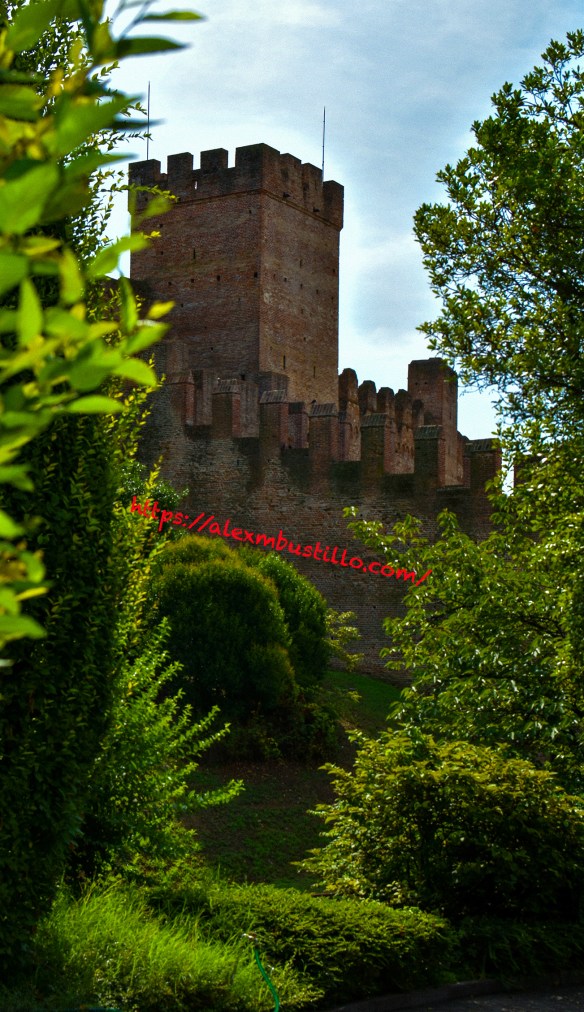
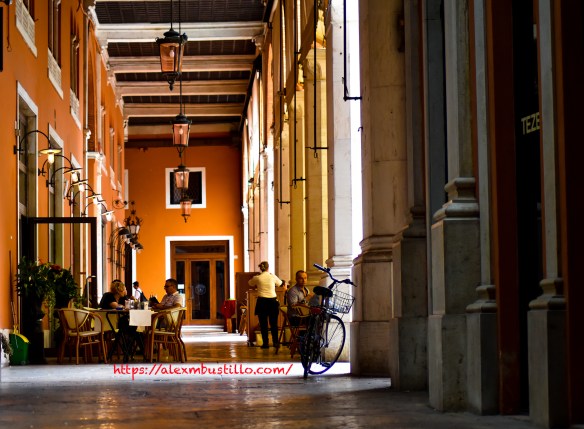





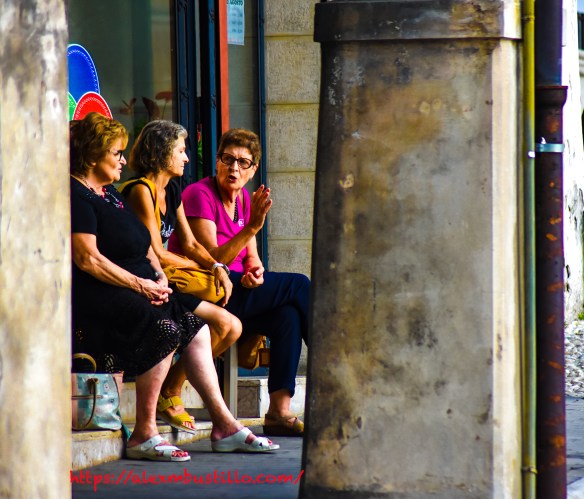
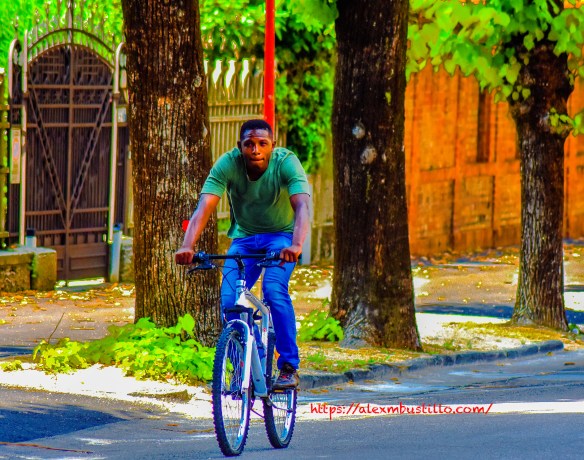




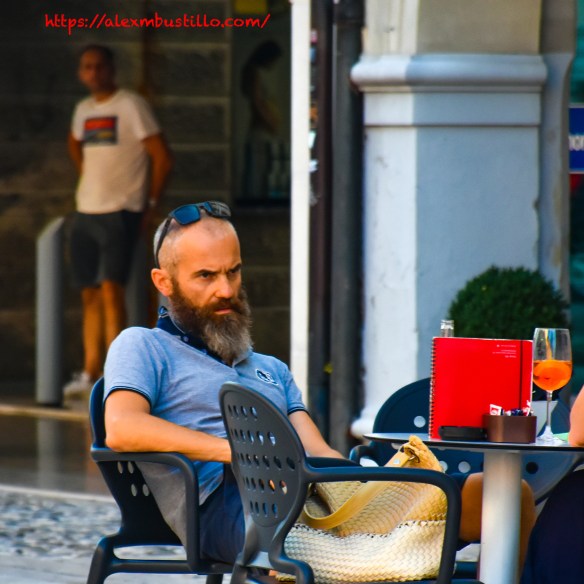


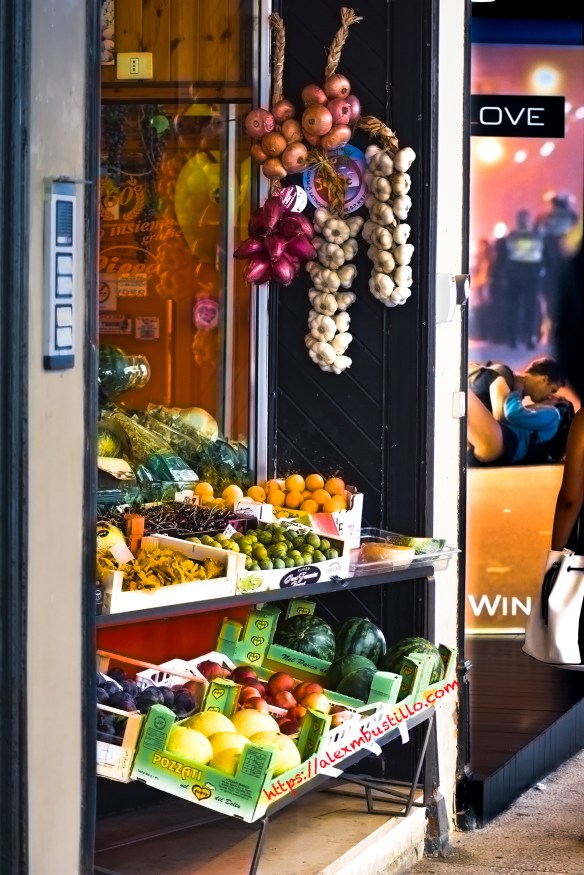









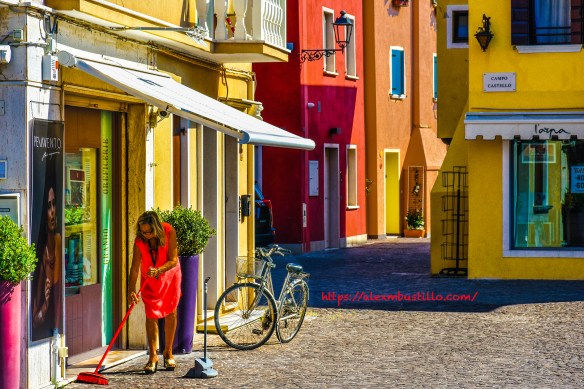


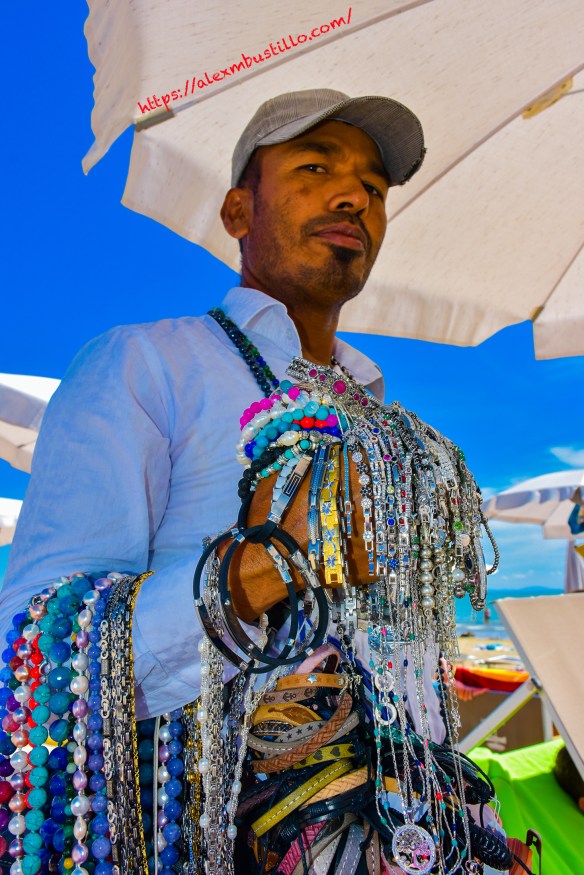
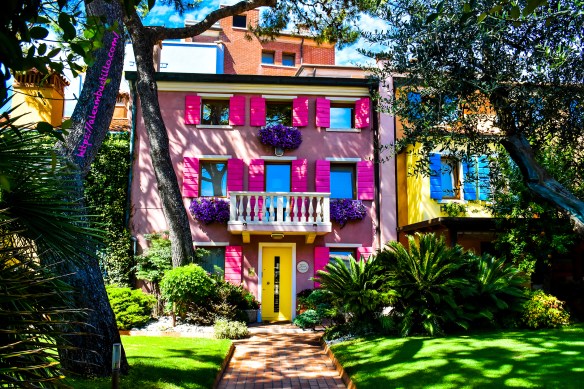
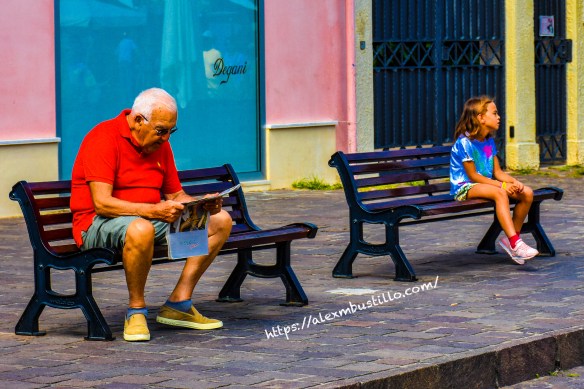
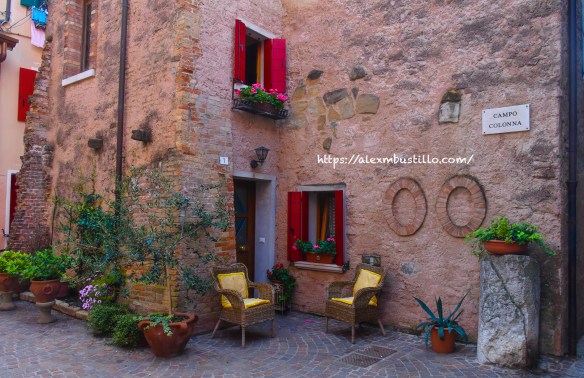

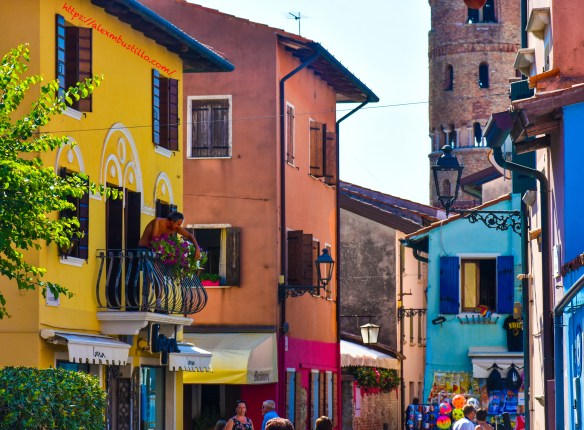











You must be logged in to post a comment.